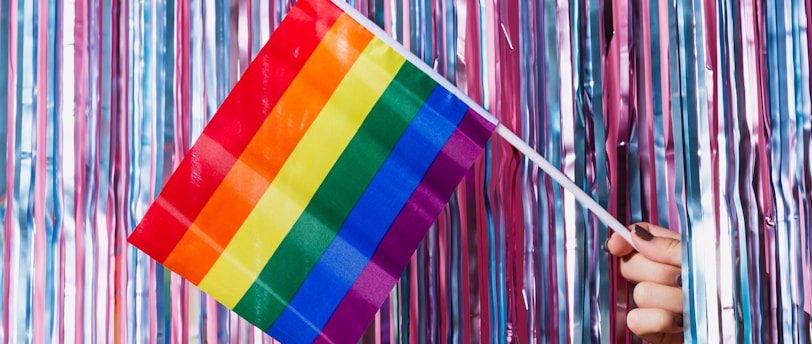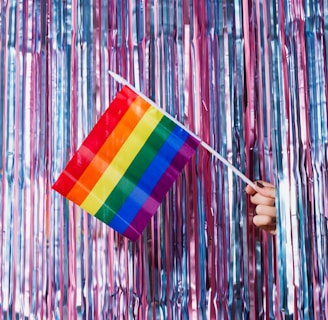Masking
Although the world has come a long way for LGBTQ+ rights, queer people often feel the need to hide their true selves. Navigating social situations at work can be a minefield especially if you’re not out. Casual homophobia and microaggressions in the office can result in many of us being forced to ‘mask’ our true identity. Sometimes conforming to heteronormativity might feel easier than rocking the boat.
Aakanksha Surve (She/Her)
9/19/20233 min read


‘Masking’ is a form of defense mechanism we develop to protect ourselves from the harsh rejection we may experience from the world around us. While this may be necessary in certain situations, it's also important to have safe spaces where we can take off the mask and be ourselves.
Anecdote
A few years ago, everybody at work assumed I was straight especially because I was in a relationship with a man at the time. I didn’t really mind but there would be moments when the subject of the LGBTQ+ community came up and I’d just smile and nod because I wasn’t sure how my colleagues would react. One day a coworker of mine was writing about an LGBTQ+ event when my boss at the time turned to me and whispered, ‘Why does she(my colleague) write so many [LGBTQ+] articles? Do we really need that many?’ And just like that, with those two sentences, I was pushed further into the closet at work.
It’s been years since that incident and I’ve worked under several other people since then and thankfully they have all been very supportive. In fact, I’m now out at work thanks to my colleagues' steps to ensure my workplace is a safe space.
When it comes to creating a safe space at work, many managers may find it daunting to take the first step. You may be too scared to ask questions fearing that they may come across as offensive.
Sexuality is a spectrum
Firstly, it helps to understand that sexual and gender identities are complex. Things may not be as black and white as they seem. Sexuality and gender are, after all, a spectrum. It helps to look within yourself and think about your own assumptions about the LGBTQ+ community. One of the ways you can undo these assumptions is by meeting various people from the community. The more time you spend with them, the more you’re likely to understand their lives. It’s important to let go of your judgement and have an open-minded outlook.
Setting up a clear policy
While it may be tempting to start decking up the office with pride flags and LGBTQ-friendly posters, it’s important you first set up a nondiscrimination policy that recognises sexual orientation and gender as protected statuses. It’s important to make it clear that the workplace is a safe space for people with various identities and any complaints of discrimination will be taken seriously. You can also set up an online system where people can raise their concerns anonymously to keep the workplace accountable while protecting minority groups.
Creating a friendly atmosphere
Once you have your internal policy in place, it’s time to reduce the stigma by using pride flags, posters, and pins. While it’s important you don’t force people to out themselves, it helps create a space where one’s identity is not taboo. It’s also a great idea to encourage people to use pronouns in their email signatures or Slack profiles if they feel comfortable to create an inclusive environment for trans and non-binary people.
Diversity and inclusion training
It’s important to train employees and leadership in matters of diversity and inclusion. Most people may be curious about the LGBTQ+ community but may be too scared to ask questions. There are a number of organisations offering online tools and D&I training you can undertake to be educated on how to be an ally like LGBT Ireland, Shout Out, and BeLong To in Ireland or Human Rights Campaign and Out and Equal internationally.
Language matters
It’s always good to use inclusive language in the workplace to create an atmosphere where people feel empowered to be themselves. By avoiding gender-specific language, we can help ensure that no one feels excluded or marginalised based on their identity. Additionally, using gender-neutral language can help subvert gender stereotypes and promote gender equality in the workplace.


